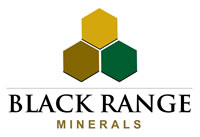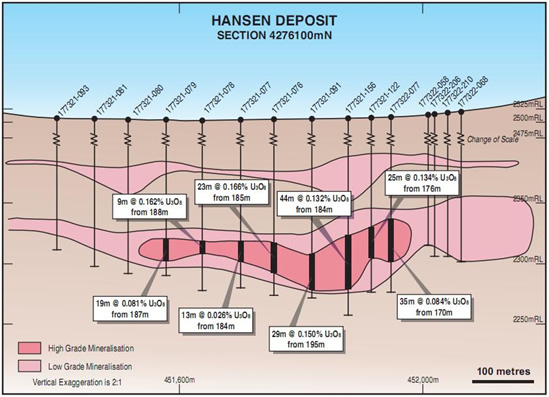Published on Wed 15th September 2010
Orion Metals (ASX: ORM) has acquired the Killi Killi Hills Prospect from Mount Resources, which consists of two West Australian tenements, EL 80/4029 and EL 80/4197.
The company said the prospect is near Northern Uranium's (ASX: NTU) Browns Range Heavy Rare Earth Element Project.
Total consideration is $55,000, which includes $30,000 in cash and the issue of 500,000 ORM ordinary shares at $0.05, with the possibility ORM will pay a 1% future royalty of the gross sales (capped at $100,000) to Mount.
Tenement E80/4029 covers 32.3 square kilometres over 10 blocks and tenement E80/4197 is 9.7 square kilometres over 3 blocks, for a total of 42 square kilometres.
The tenements are located on the Northern Territory border, approximately 10km north of the Halls Creek - Alice Springs road on the northern edge of the Tanami Desert, approximately 300km south-east of Halls Creek.
A field inspection was conducted in July as part of the due diligence and 45 rock chip samples were collected in the immediate area of the 2 radiometric anomalies previously identified, with the indicated uranium mineralisation confirmed by spectrometer.
Orion anticipates a complete set of lab results for each sample and a petrology report will be available within the next 7 days.
Exploration in 1969 confirmed low order uranium occurrences in a flat-dipping Upper Proterozoic basal conglomerate overlying Lower Proterozoic basement.
Limited analysis at the time indicated the presence of Rare Earth Elements (REE), particularly yttrium and the 'heavy' members of the REE suite.

VISIT MY OTHER SITE
@








